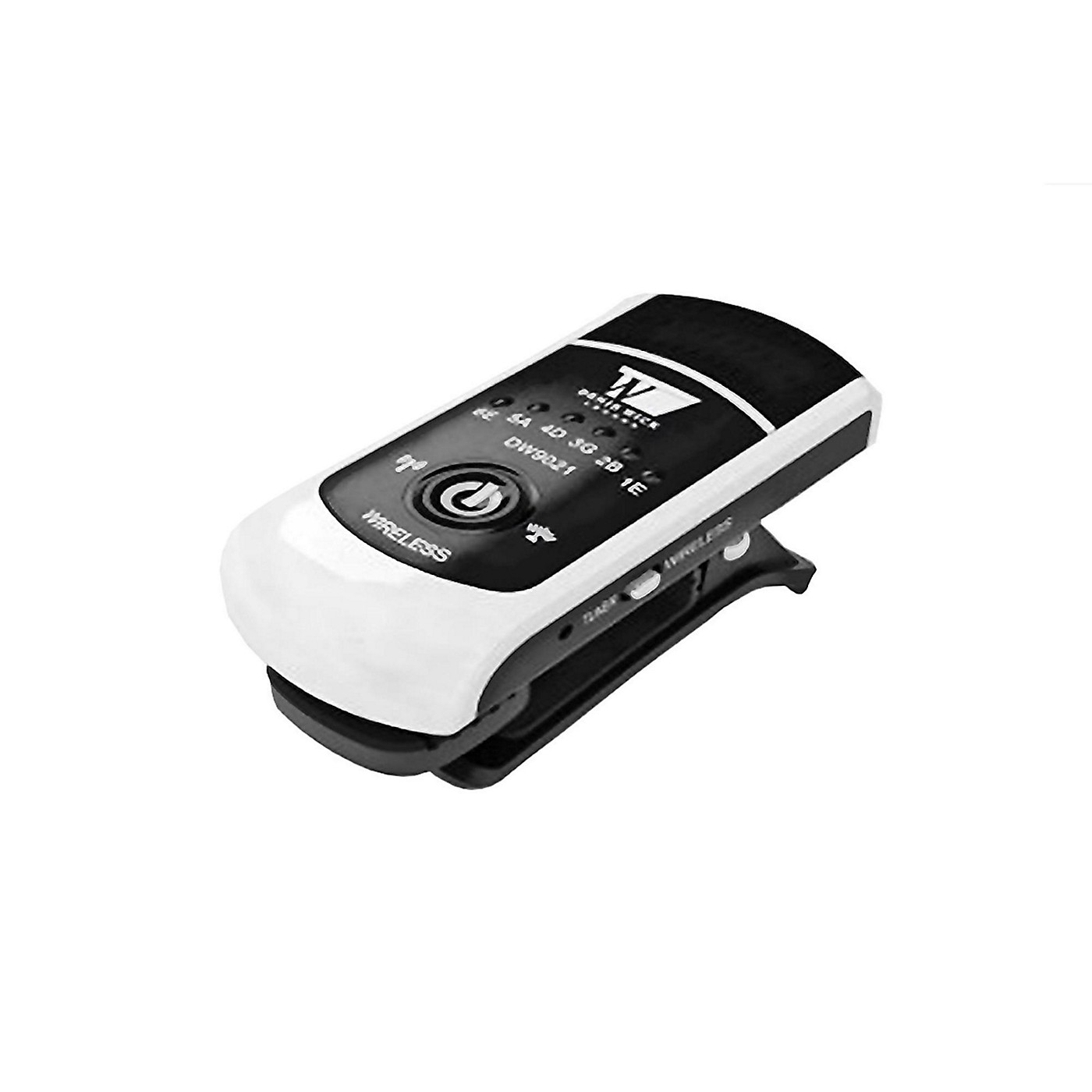
-
{
"pageUrl":"MusiciansFriendApp://ProductDetailsPage",
"pageParams":"ID=site8prodJ16891&isStyle=true"
}
- Product J16891
Denis Wick DW9021 Series Wireless Tuner Pick-Up
false
false
The Denis Wick DW9021 Wireless Pick-Up allows musicians to check on the tuning of their instrument in noisy conditions, or even in performances, by w...Click To Read More About This Product
We're sorry-this item is unavailable.
Find a similar product below or contact our experts for a recommendation of great alternatives. Call us at 800.348.5003.
Customers Also Viewed:Great idea for tuning.
The Denis Wick DW9021 Wireless Pick-Up allows musicians to check on the tuning of their instrument in noisy conditions, or even in performances, by wirelessly transmitting a signal from their instrument to a small receiver plugged into a tuner.
The extremely discreet and unobtrusive transmitter clips on to the instrument and monitors the vibrations of the instrument. It is not a microphone, so it does not react to ambient sounds, only to the pitch that the instrument is playing. It transmits this information using Bluetooth-type technology to a receiver. Both transmitter and receiver use tiny CR2032 lithium batteries. The receiver is attached to a jack plug which plugs into a DW9007 tuner, or any other tuner that has a socket for a jack plug. The tuner gives pinpoint accuracy.
The wireless pick-up has big advantage over clip-on tuners, such as the DW9006 and DW9008; it can be clipped to any part of the instrument and still work. Ordinary clip-on tuners have to be clearly visible. This is easy on the trumpet, cornet or trombone, but very difficult on the euphonium or tuba, where there is no convenient place where the tuner can be easily seen without going cross-eyed. By use of the DW9021, the tuner can be conveniently placed on the music stand, where it can be used very discreetly.
Tuning can often be difficult. For instance, if you are picking up a cold instrument when doubling on another instrument, this allows you to inconspicuously test a few notes for tuning before you play, allowing you to make any necessary adjustments to the tuning slide. Or if you have a solo entry after a long period of not playing, this device allows you to check your tuning by playing some notes along with a tutti section. This can be useful for solos such as ˜The Trumpet shall Sound™ in Handel' ˜Messiah™, which comes after a many tacet movements for the trumpet player.
Harpists in orchestras have found this device incredibly useful. It can be used to test the tuning of a harp whilst the orchestra is playing. This is invaluable for works such as the Mahler 5th Symphony, where the Adagietto fourth movement features the harp. It is very important that the harp is really well in tune for this movement, which is more than forty five minutes into the symphony; plenty of time for the tuning of the instrument to slip, especially if the temperature or humidity are variable. The use of the DW9021 is an ideal way to avoid poor tuning.
Most brass players will find the main use for the DW9021 is for tuning up. In the noisy environment of a band practice it often hard to get a regular tuning machine to work properly as there is too much noise going on. By using the DW9021 only your sound is transmitted to the tuner, allowing you to tune accurately and efficiently.
The DW9021 is also programmed to work as a tuner in its own right; the transmitter can be clipped to a guitar and used as a guitar tuner. A small light on its display lights up when each string is in tune.
This device is highly recommended to all advanced players who need an accurate reference for their tuning in practice, rehearsal and performance.
Hassle-free tuning. Order today.




